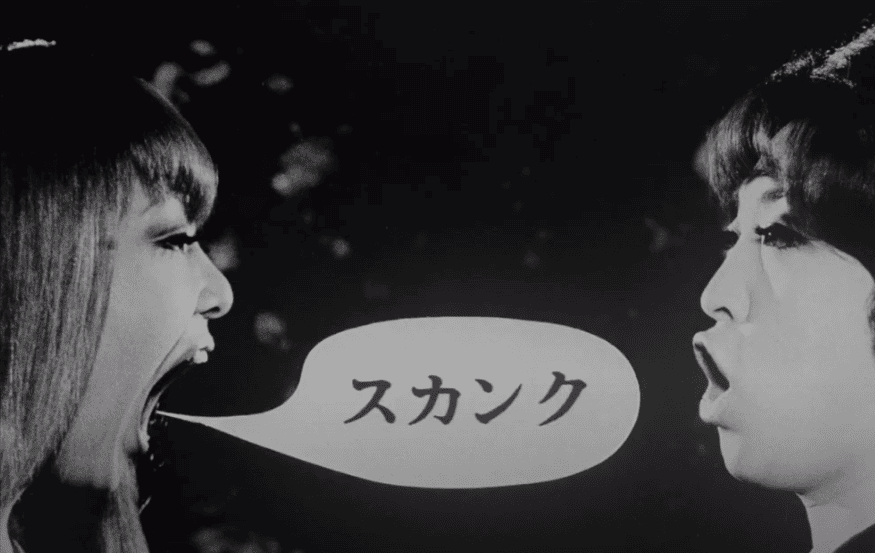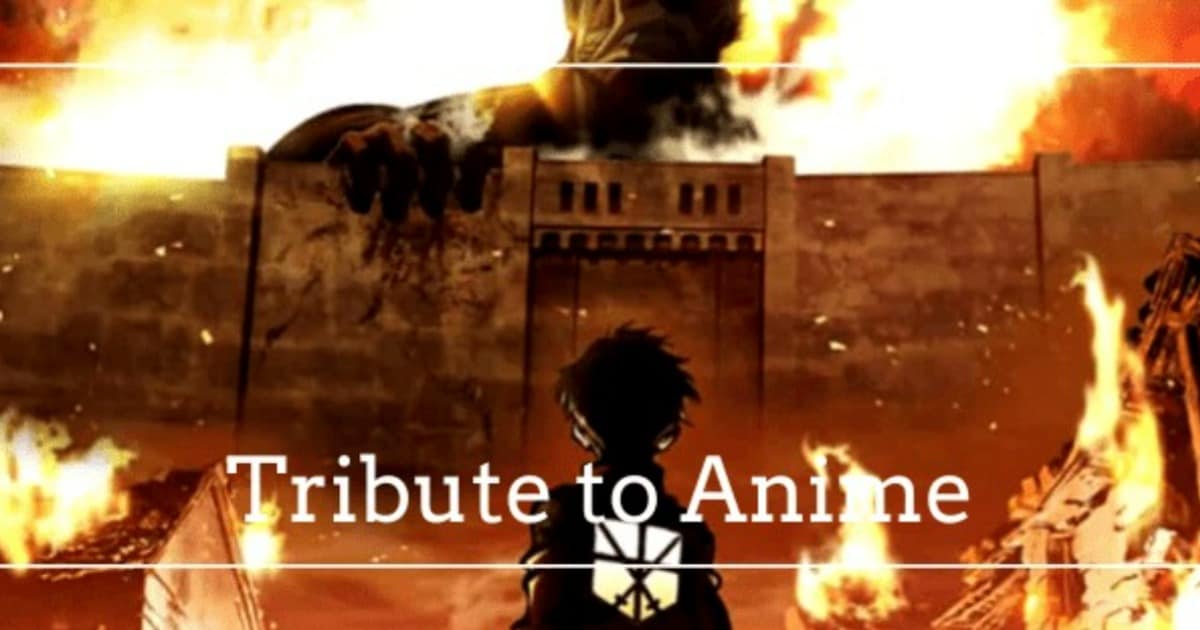By Fahmidul Haq
Bangladesh started producing film regularly since the mid-1950s, when it was part of Pakistan. Due to the colonial military rule by the central West Pakistan, there was a rise of Bengali nationalism and people of East Pakistan started revolting. The East did not get the power even though their political party Bangladesh Awami League got absolute majority in 1970 Pakistan election. The people of the East got increasingly agitated and there was a military crackdown in the midnight of March 25, 1971 and the war started. Through the resistance of freedom fighters and the diplomatic and military support from India, Bangladesh got liberated from Pakistan on December 16, 1971 .
This article selects the 20 best films in post-liberation (1972-2000) Bangladesh. The country had a vibrant mainstream film industry in 1970s and 1980s. Since 1990s, the industry started declining due to many internal and external factors. Meanwhile, since the mid-1980s, there was a slow but steady growth of independent cinema which started representing the national cinema of Bangladesh by documenting politics, culture and society, both in fiction and documentary genres and by participating in international festivals. Until mid-1990s, independent films were artisan in look – short in length and technically ordinary; however, gradually they started to be more mature – full length in duration and comprehensive in film techniques.
Except one or two, the selection criteria of the following 20 movies was the films' intend to portray the broader culture and society of Bangladesh, instead of just telling a good story or entertaining audience or even just experimenting artistically. The themes of the films are diverse and deep rooted in the history and culture of Bangladesh as a nation. The films are described here in temporal order. The selection includes 2 documentaries and 18 features that comprise 5 war films, 6 rural based, 3 city centric and 1 children film. It is also interesting to note that 3 rivers are mentioned in the titles of 3 films and 3 films are set in the coast of the Bay of Bengal. It is quite natural that the rivers, the sea, and the boat would be the characters in the films made in Bengal Delta region.
Two films (“Palanka” [1975] by Rajen Tarafdar and “Padma Nadir Majhi” [1993] by Goutam Ghosh) might be included in the lists, but those were co-productions between Bangladesh and India and the director is from India. “Titas Ekti Nadir Naam” by Ritwik Ghatak was also directed by an Indian citizen, but it was solely produced by Bangladesh, hence included in the list. Moreover, Ghatak was born in Bangladesh and lived here until his early youth.
1. Ora Egaro Jon (Those Eleven, Chashi Nazrul Islam, 1972)

Chashi Nazrul Islam's “Ora Egaro Jon” was the first film made on the 1971 Liberation War. It was commercially successful and it is the most popular war film ever made. Real freedom fighters performed in the action scenes of this film and thus created an authentic depiction of the war. But it is unfortunate that the director used the rape scenes of Bengali women by Pakistani army for commercial purpose which was common in the war films made in early 1970s. The film heavily focused on the 11 freedom fighters and failed to depict the greater aspect of the Liberation War.
2. Arunodoyer Agnisakkhi (In Flames of Sunrise, Subhas Dutta, 1972)

The story of “Arunodoyer Agnishakkhi” concerns a famous actor's mental dilemma that is created for not participating in the 1971 Liberation War. This can be identified as a different war film which shows fewer fighting scenes; instead emphasizes to the psychological aspects of a confused individual in war time. He sees how easily ordinary people are joining the war as freedom fighters. But being a hero on the screen, he discovers, doing heroic acts in real life is not easy. He is afraid of fighting in the war. He passes most of the wartime in Kolkata, the nearest big city in India. There he reminiscences the incidents he saw while crossing the border – people were killed, houses were burnt, women were raped by the Pakistani military. He decides to contribute to the nation if the country becomes liberated. After the liberation, he comes back and meets people in the villages he came across while going to India. He finds village youths known to him that have sacrificed their lives in the war. Women he knew are mostly raped by military. The ending suggests he takes responsibility of a villager he knew the most and her war child. He promises that both of them will visit door to door and make an appeal to people to accept rape victims and war children as regular citizens of the society.
The film is critically acclaimed due to its storyline and cinematic treatment of the narrative. However, it is also condemned for using unnecessary rape scenes.
3. Dhire Bahe Meghna (Quiet Flows the Meghna, Alamgir Kabir, 1973)

“Dhire Bohe Meghna” focuses on an Indian girl who comes to post-independent Bangladesh where her dear one died during Liberation War. Her boyfriend was an officer of Indian air force. After seeing everything and listening to the destruction of humanity, her perception on this country changes.
In the debut feature, Alamgir Kabir uses documentary materials on war, genocide and destruction extensively in a fictional story which was a new attempt in a Bangladeshi film. The film follows a non-conventional narrative without neat beginning, middle and end. The film carries a message of anti-communalism and internationalism. However, the film had some technical limitations, especially the cuts were not smooth and seamless.
4. Titas Ekti Nadir Naam (A River Called Titas, Ritwik Ghatak, 1973)

Ritwik Ghatak, the great filmmaker of India, directed the epic film “Titas Ekti Nodir Naam” in his birthplace, Bangladesh. The screenplay is based on the novel of the same title written by Adwaita Mallabarman. The film depicts the livelihood and struggle of the people of rural Bengal who depend on the river Titas for their daily earning. The story revolves around the lives of a fishing community on the banks of the river Titas in which Mallabarman himself has been a member. The river dries up at the end of the story and the community's livelihood had faced severe consequences – hunger and slow death. However, the film ends with a dream or illusion of dying protagonist Bashanti, where we see a baby boy appearing, playing trumpet and and eventually disappearing in a grown paddy field – an ultimate symbol of rich agrarian Bengal.
5. Sujon Sokhi (Khan Ataur Rahman, 1975)

Set in rural Bangladesh, “Sujon Sokhi” is a romantic melodrama where the story starts with a feud between two brothers incited by the wife of the elder brother. The younger brother has to leave the house with the mother and his wife due to extreme misbehave of the elder couple. While leaving, he donates his property to the nephew Sujon whom he used to love much. He starts his new life in a new village where his wife dies while giving birth of the daughter Sokhi. The grandmother raises the girl who falls in love with cousin Sujon whose identity was revealed to the grandmother. Now Sujon takes initiative to unite the greater family. Primarily he fails and his affair with Sokhi comes under threat from his family. After many tussles, the greater family is united.
The feud between two brothers incited by any of the wives and the affair between cousins were common plots in the stories of Bengali Muslims set in 1960s and 1970s. Though the story seems common, yet the carefully woven melodramatic moments, the performance of the popular actors and extremely popular song numbers made Sujon Sokhi a significant film in the history of Bangladeshi cinema which was popular as well as got some critical appreciation. Khan Ataur Rahman as the director, actor, script writer, lyricist and music composer showed his optimum talent in the film. It was remade in Bangladesh in 1994 and in West Bengal, India in 1995.
6. Megher Onek Rong (Clod has Many Colours, Harunor Rashid, 1976)

Harunor Rashid's “Megher Onek Rong” delineates how a war can disrupt human relationships. During the war, a doctor is separated from his wife and young son. The rape victim wife with a deeply shattered mental condition takes refuge in a rehabilitation center with the boy. By failing to get any trace of his family, the depressed doctor leaves the town and starts working at a health center at a remote hilly place. There he meets an indigenous woman as a co-worker, who gives him mental support. Eventually they get married. Once the wife and the son are transferred to the rehabilitation center in this hilly town and the wife finds out the husband has started a new life, she convinces the little boy to send him to his father's place where he would get a new mother and a better life. The new wife welcomes the apparently lost little boy. Meanwhile, the mother kills herself and the doctor recognizes his lost wife while doing the post-mortem. Also, he comes to know the boy is his lost child. After knowing this, the new wife primarily refuses to take care of the boy anymore. Now the boy leaves the house after hearing the exchanges of the couple. However, the new wife changes her mind and the couple together go outside to find the boy. In the tensed last scene, they are successful in rescuing the boy from a train accident.
Except some disarray editing in the war scenes and the excessive expressions in the rape sequence, the film manages to create some poetic moments by depicting the natural beauty of the hilly area and blending the story with that. There is a lyrical rhythm throughout the film. For the first time in Bangladeshi cinema, the movie includes an indigenous character in a major role. The character also shows her support and loyalty to the Liberation War of the majority Bengali people which is a political statement of the director to be counted.
7. Seemana Periye (Across the Fringe, Alamgir Kabir, 1977)

The story of “Seemana Periye” was chosen from a newspaper report. An upper-class girl and a lower-class youth get shelter in an island during the cyclone in 1970. They maintain class difference for a long time in the island, but eventually they fall in love. This can be described as a fantasy of establishing a classless society by the director, though it was predominantly a Robinson Crusoesque love story. Back home, this relationship is not accepted by the woman's rich father, hence the girl leaves her family for her beloved one.
Unlike “Dhire Bohe Meghna”, Alamgir Kabir chose the classical narrative style to tell the story. This was comfortable for the audience and the film was a commercial success. Like Kabir's previous two films, it was also critically acclaimed and established him as one of the best directors of Bangladesh in post-Liberation era.
8. Golapi Ekhon Traine (The Endless Trail, Amjad Hossain, 1978)

Writer-filmmaker Amjad Hossain adapted “Golapi Ekhon Traine” from his own, homonymous novel. Set in rural Bengal, the film delineates how power clique exploits the ordinary villagers and eventually brings miseries in their lives. Mondol and his friends rule the village with their conservative value systems and exploitative mindset. Mondol fixes marriage of Kabial's daughter with one of his friend's son where Kabial must gift the bridegroom a bicycle as dowry. Milon, the son of Mondol gives the money but he himself steals the cycle so that the marriage does not take place. He loves the daughter Golapi. The band of bridegroom cancels the wedding and Kabial kills herself. To run the three members family, Golapi joins Moina, the wife of lame Manik and Buri, the old woman abandoned by her sons, to go to town by train for selling different types of goods. But the clique of the village is not ready to accept to see women going outside of the village and doing petty business. They first forbid the women to go outside and later burn the houses of Golapi and Moina. Now Mondol's son Milon revolts and organizes the villagers to resist any further oppression. But the clique conspires, declaring Milon insane, and Mondol enchains him. Moina's lame husband Manik, who was once injured by Mondol's goons, leads a second revolt ,by declaring Milon their leader. The clique now plans to kill Milon by poisoning him through drinking water. The friends give the poison to Mondol describing it the best medicine for insane people. Villagers get furious after Milon's death and they kill the main conspirator. Golapi and other women leave the village and get on the train again as the revolt continues in the village.
The film examines the rural society of Bengali Muslims which is controlled by male elites of the village. Their primary subjects to be ruled were working women, though the leadership of the revolt is ultimately handed over to the males. The reason of Milon's revolt was primarily for Golapi but he quickly connected it to the greater societal oppression. The film was critically acclaimed and commercially successful.
9. Sareng Bou (Sailor's Wife, Abdullah-Al-Mamun, 1978)

Adapted from Shahidullah Kaiser's novel with the same title, “Sareng Bou” is a story of the struggle of the rural people of the coastal regions of Bangladesh. Sareng (the sailor) comes back home from a voyage and marries a beautiful village girl. After going back to the ship, he continues sending letters and money, but the village head used to snatch away those from the post office. The head is also sexually attracted to Sareng's wife, but the wife somehow escapes every attempt. Having no money, she tries to survive by working in other people's house as maid. Sareng is also sent to jail for carrying illegal goods though it was a result of others' conspiracy. Being released from jail, Sareng comes back home and the wife's misery comes to an end. But a severe cyclone hits the coast and the whole locality is destroyed. After the devastation, the wife finds Sareng nearly dead and asking for a drop of water. She tries with the available water, but he cannot drink the the salty water. She saves him with her breast milk.
10. Dumurer Phool (The Unseen Flower, Subhas Dutta, 1978)

Adapted from Ashraf Siddiqui's story “Golir Dharer Chheleti” (The Boy at the Street), “Dumurer Phool” evolves with the story of an orphan street boy Ladu. Due to high fever, he is sent to a public hospital and he starts liking the place. Especially substantial supply of free food makes him happy, for which he has to struggle a lot in the outside world. Ladu develops a very good relation with a nurse and starts getting candies from her. However, his time of discharge comes, and he is unwilling to leave the hospital. The nurse knows about his desire. He manages to prolong his stay by cutting his own skin. But he is looking for a permanent solution. Once he asks about all medicines that the nurse was carrying in the trolley, he comes to know about a poisonous medicine, from the nurse. Once the busy nurse sarcastically says that if he was to take it, he would never have to leave the place. The boy takes nurse's satire seriously, has the medicine and dies.
Beside the storyline, the film portrays how the orphan and helpless street children live in the ruthless big city. The director continues describing the hardship of the daily lives of Ladu's friends, even after he moves to the hospital. The film is perhaps the best one made by Subhas Dutta, largely for its stunning cinematic style.















